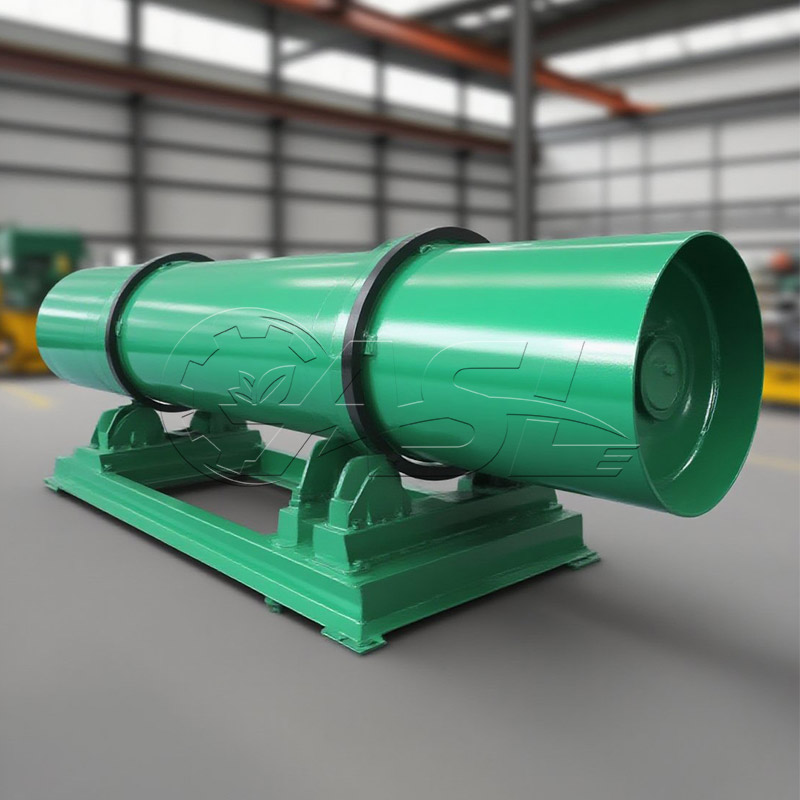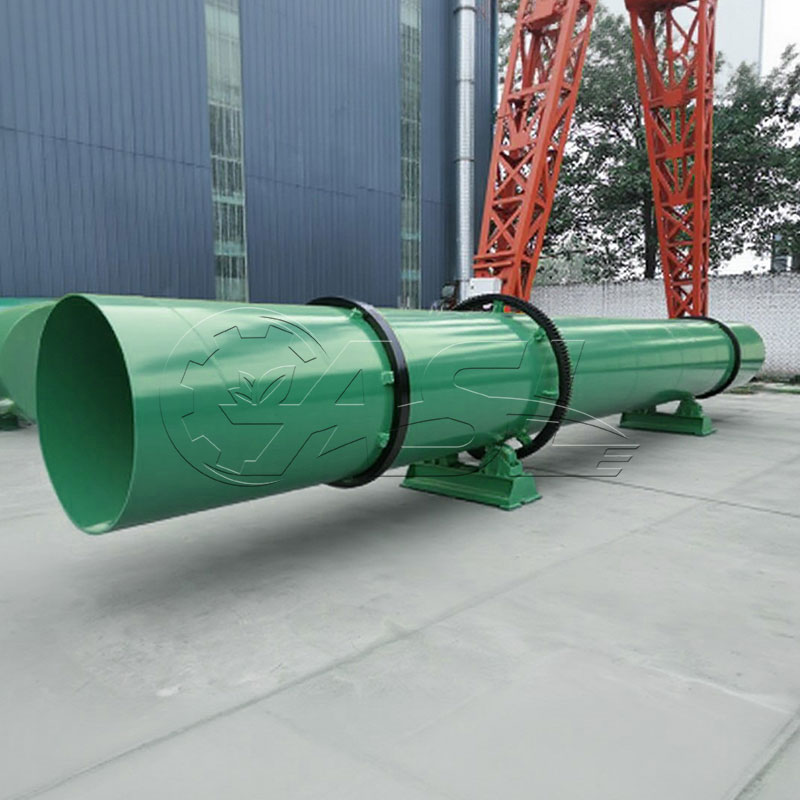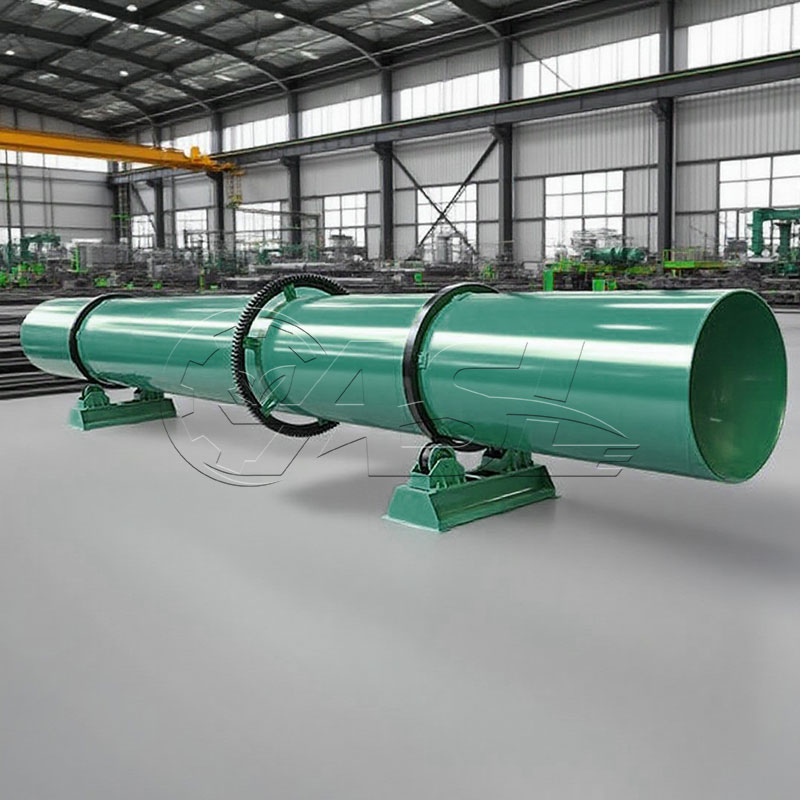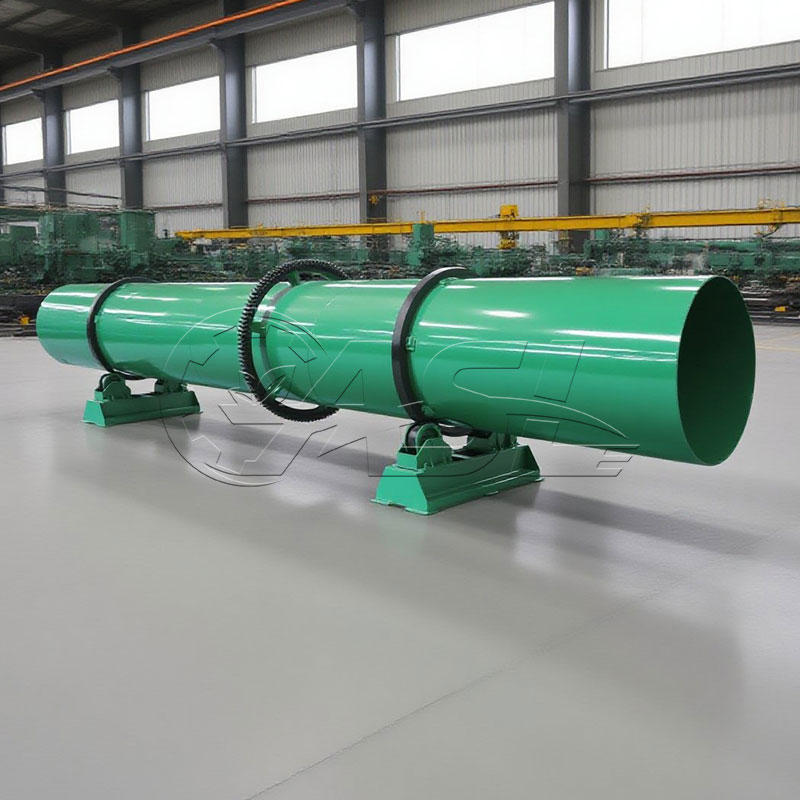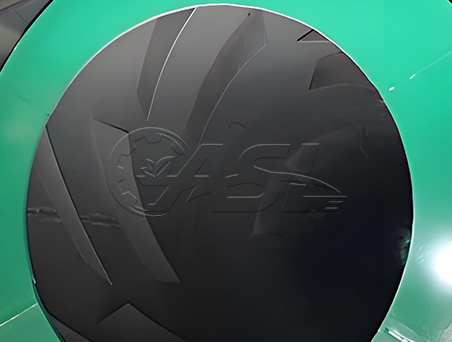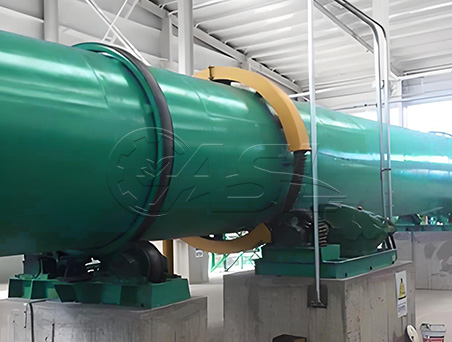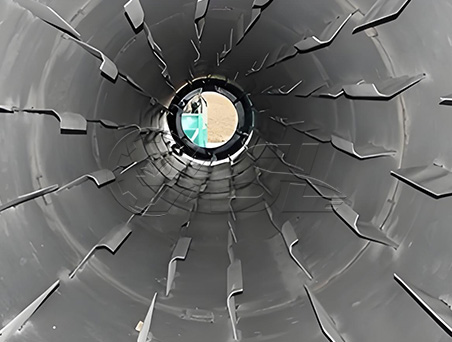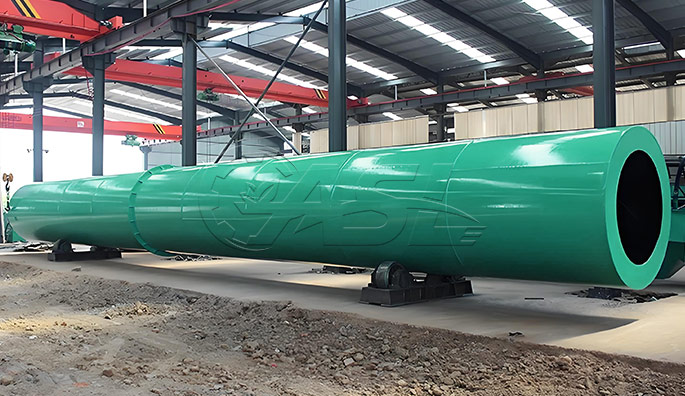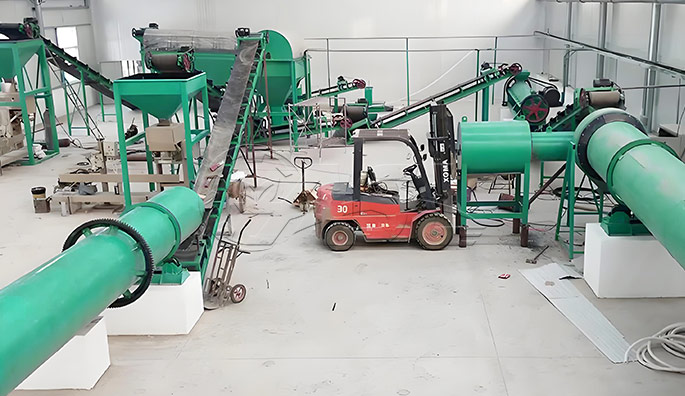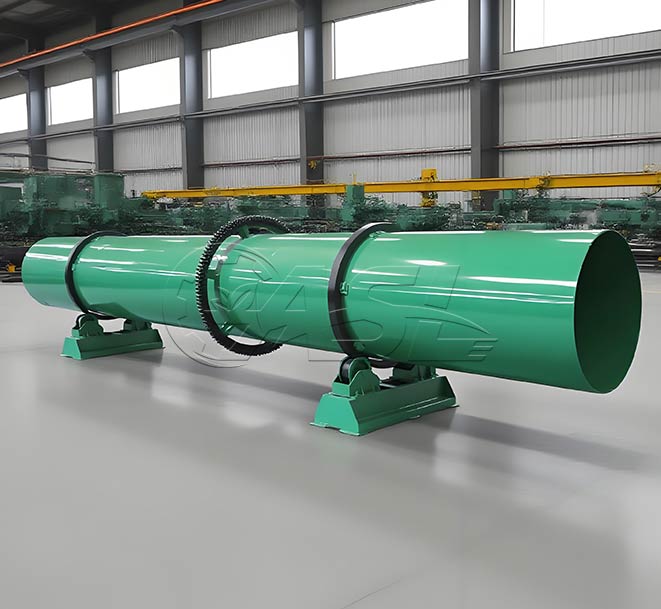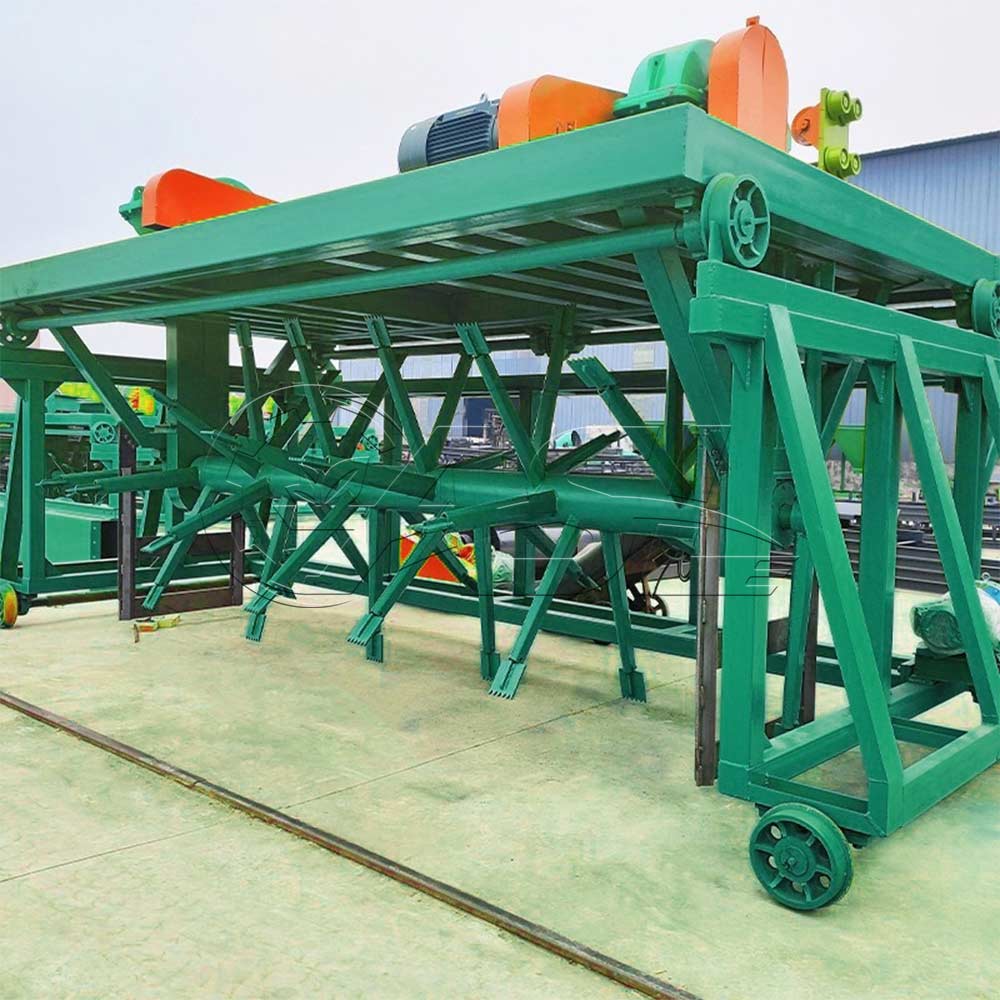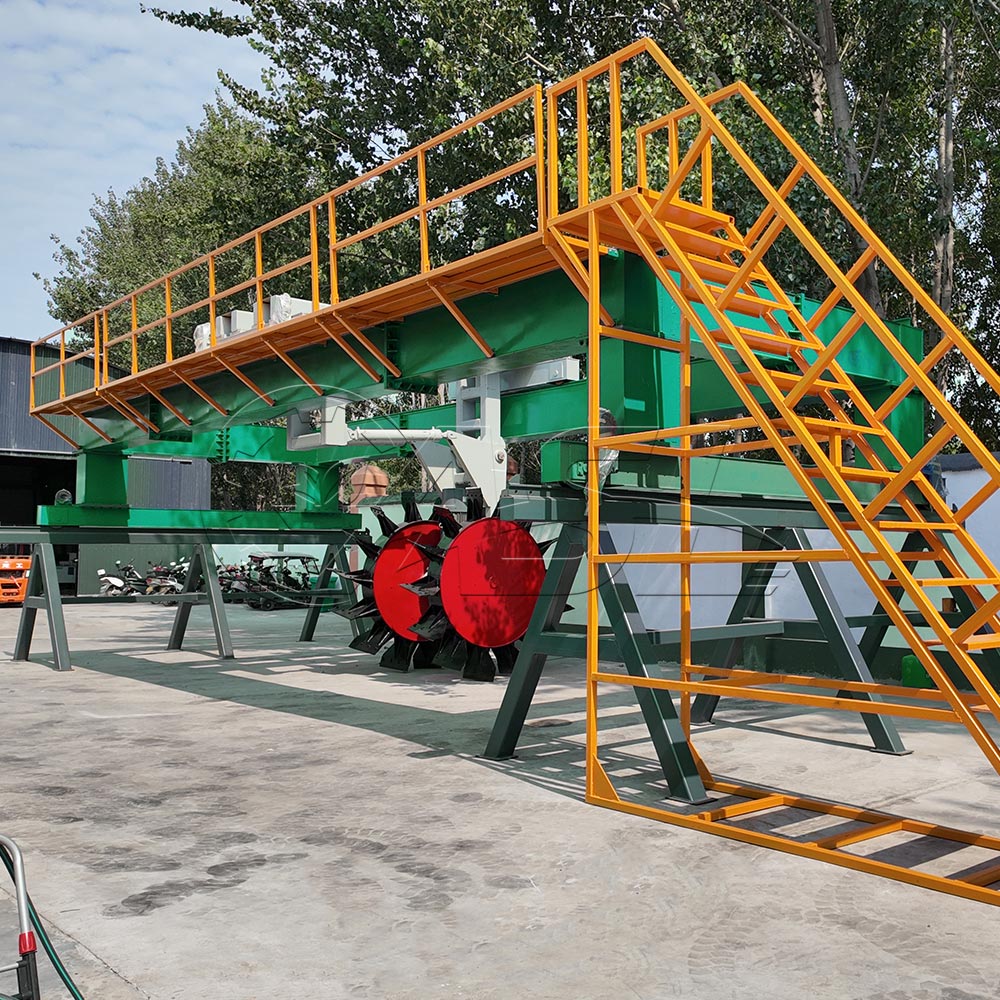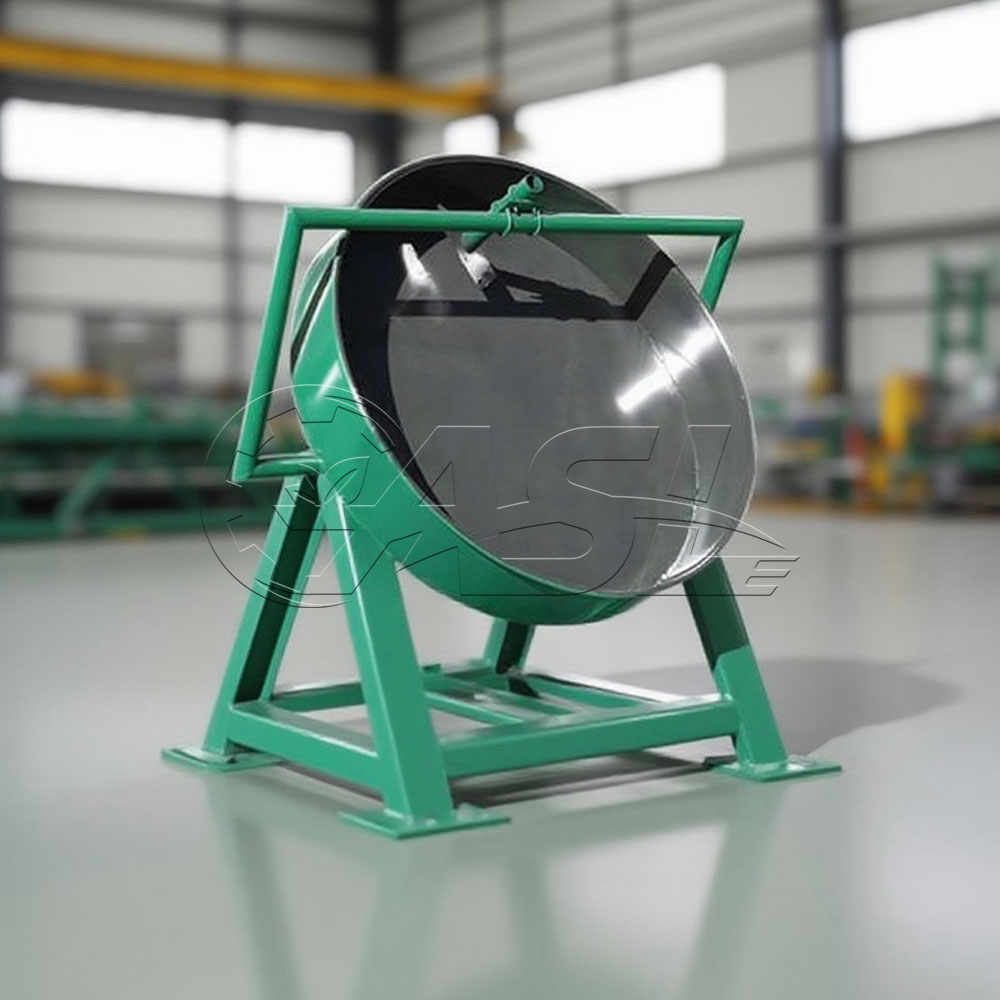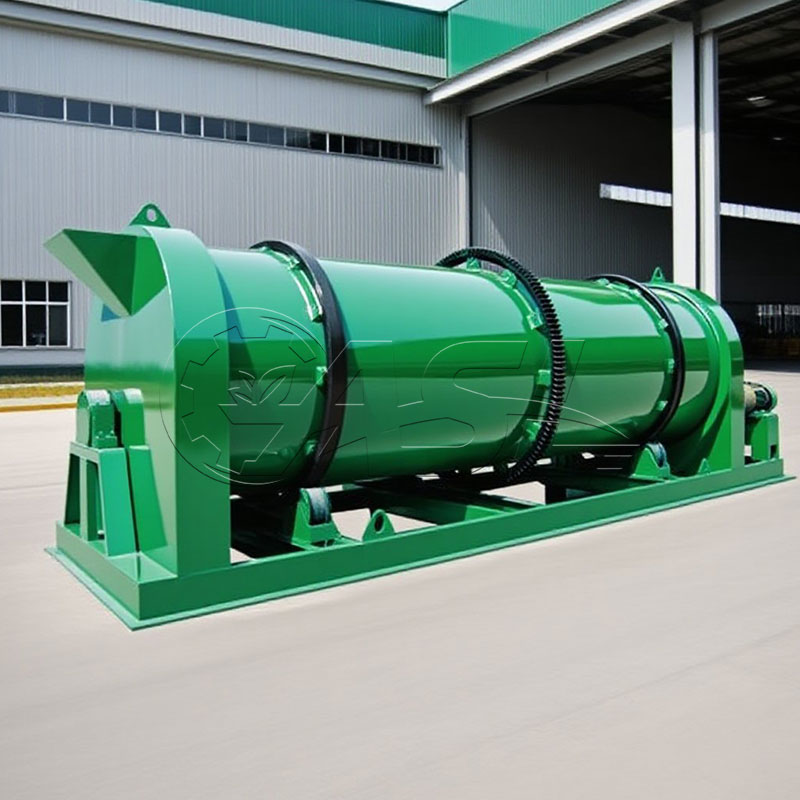What materials are suitable for rotary coolers?
Due to its structural advantages of "in-drum guide plates + low-speed rotation," rotary coolers are suitable for high-temperature granular, lumpy, or powdered materials. Typical applications include cement clinker, limestone, slag, compound fertilizer granules, and expanded clay. Important: High-viscosity, easily agglomerated materials (such as wet coal powder) should not be used to prevent adhesion and clogging within the drum.
What factors affect cooling performance, and how can it be optimized?
The key influencing factors and optimization solutions are as follows:
1. Material residence time: Ensure adequate contact between the material and the cooling air by adjusting the drum speed or increasing or decreasing the number of lifting plates within the drum.
2. Air volume and speed: Adjust the induced draft fan air volume based on the initial material temperature. Generally, the cooling air speed should be controlled between 1.2 and 2.5 m/s to avoid incomplete cooling due to too low a speed or dust escape due to too high a speed.
3. Material particle size: Screening is required for materials with large particle size variations to prevent accumulation of small particles and uneven cooling of large particles. It is recommended that the particle size deviation of a single feed material should not exceed 1.5 m/s. 30%.
Which components require special inspection during daily maintenance?
It is recommended to establish a "daily inspection + weekly maintenance" mechanism, focusing on:
Transmission system: Check the oil level, temperature, and abnormal noise of the motor and reducer. If there is any gear meshing noise, adjust the gear clearance immediately.
Lifting plate: Check for deformation or detachment. If the lifting plate is damaged and causes uneven material distribution, it should be repaired or replaced promptly (wear-resistant steel is recommended).
What safety precautions should be taken during equipment transportation and installation?
Safety regulations must be strictly adhered to during transportation and installation, with particular attention to the following:
1. Transportation safety: Cylinder length exceeds 10m When transporting oversized vehicles must be used, protective brackets must be installed at both ends of the cylinder to prevent deformation during transportation. Special lifting equipment must be used during loading and unloading, and direct lifting with wire ropes is prohibited to prevent scratching the cylinder wall.
2. Installation Safety: Workers working at height must wear safety belts, and a safety scaffolding with guardrails ≥ 1.2m in height must be erected. Fire extinguishers must be available during welding operations to prevent fires. During equipment commissioning, warning signs must be posted around the equipment to prevent non-workers from approaching.
